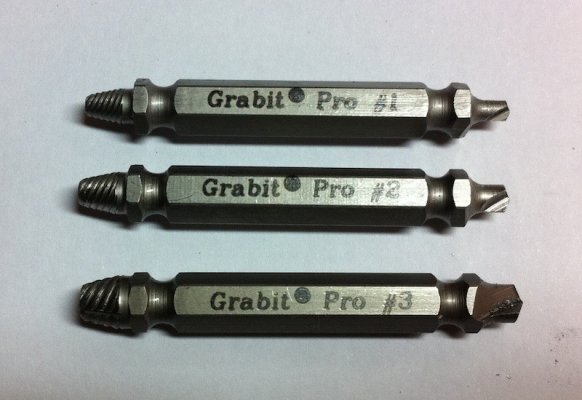I've used 'Un-Screw-Ums" Basically the same as the screw extractors mentioned above. They're simply roll pins that have been sharpened on the end with teeth that cut in reverse. They'll gnaw down the screw shank, if there is one remaining, until they grab the remains and wind it out. They don't work if there's any head left; you'll have drilled/ground/cut it off. It's devilishly hard to get the remains of the screw out of the extractor! You'll have to unchuck the extractor and drive the remains out with a suitable pin.
That blathered, I have only dealt with bronze screws, from about #6 x 1" to #10 x 2 1/2". Some were mostly copper dust, some were still metal, most were head-impaired (and thus tougher to drill the head off), and a minor percentage were complete and removable with a screwdriver.
I fear the removing of 100s of itty-bitty stainless screws would be a different project.
Pic is a 1950's Flying Dutchman. I removed all screws and replaced 'em with Mahogany dowels epoxied in. (I had previously stripped the longitudinal veneer.) There were oodles of screws, of various sizes, and of various ages due to the PO's repairs, along the centerline. There were bronze boat nails along the stem which defied removal.




